Sashimi, one of the most revered Japanese delicacies, is a true test of the chef’s skill, relying on the finest, freshest fish that nature can offer. When crafting the perfect sashimi, the selection of fish is paramount. The top 10 fish suitable for sashimi stand out not only because of their delicate textures and rich flavors but also due to their ideal characteristics for raw consumption. These fish offer a combination of taste, tenderness, and nutritional benefits, each playing a crucial role in this raw fish art form. In this detailed guide, we will explore the distinctive qualities of these sashimi-grade fish, their habitats, and why they are considered the best choices for raw consumption.
Soft, Tender, and Richly Fatty – A Sashimi Essential
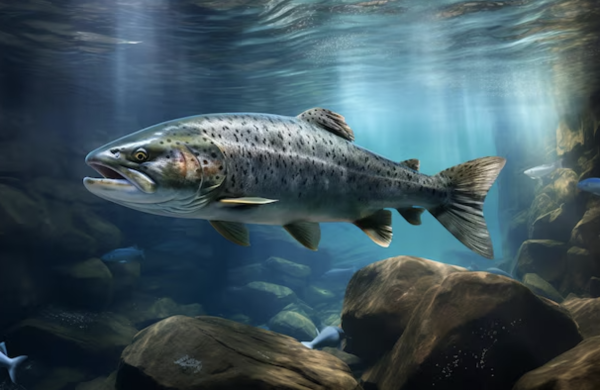
Salmon has earned its place as one of the most popular sashimi choices due to its signature rich flavor and velvety texture. Its meat is distinctly orange with a fat distribution that imparts a buttery, melt-in-the-mouth experience. Sourced from cold waters, especially the North Pacific and North Atlantic Oceans, wild-caught and farmed salmon thrive in these icy conditions, which help produce a delicate and fatty flesh. The high omega-3 content in salmon adds not only to its flavor profile but also to its nutritional benefits, making it an ideal choice for sashimi.
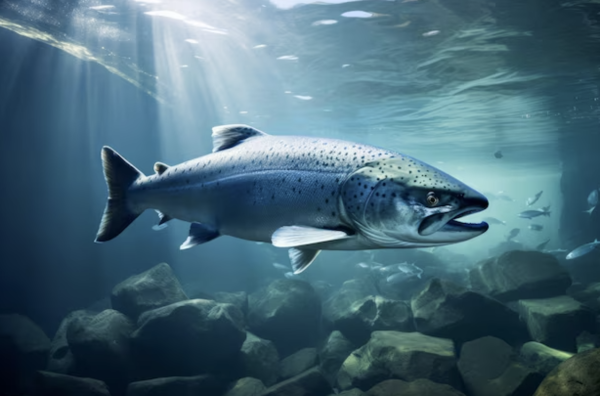
Habitat and Growth:Salmon are migratory fish, born in freshwater rivers, then traveling to the ocean and returning to their birthplace to spawn. The fish's life cycle involves swimming through frigid ocean waters, which contributes to the richness and firmness of its meat. Farmed salmon are grown in controlled environments with optimal conditions for producing sashimi-grade quality.
Sashimi Qualities:Salmon’s firm but delicate texture, combined with its fat content, makes it perfect for raw consumption. Its rich flavor profile pairs well with soy sauce, wasabi, and other seasonings commonly used in sashimi dishes.
Sweet, Slightly Tangy, and Firm with a Rich Umami Flavor
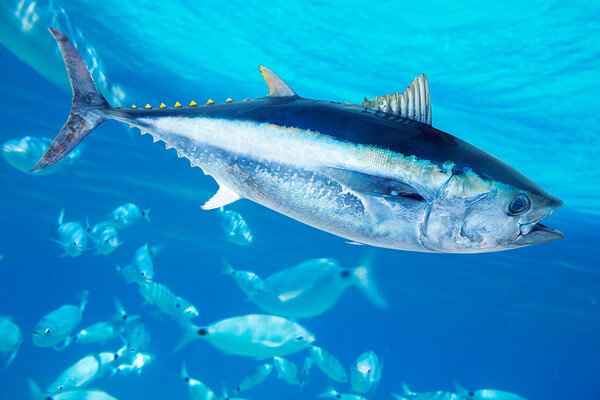
Tuna, particularly bluefin and yellowfin varieties, is considered the ultimate sashimi fish. Known for its robust flavor and meaty texture, tuna offers a substantial and satisfying bite compared to other sashimi options. The bluefin tuna, often regarded as the best choice, is celebrated for its marbled fat, known as "otoro" in Japanese, which provides a silky, melt-in-the-mouth sensation. Tuna is high in protein, and its low fat content gives it a unique firm texture that makes it ideal for sashimi.
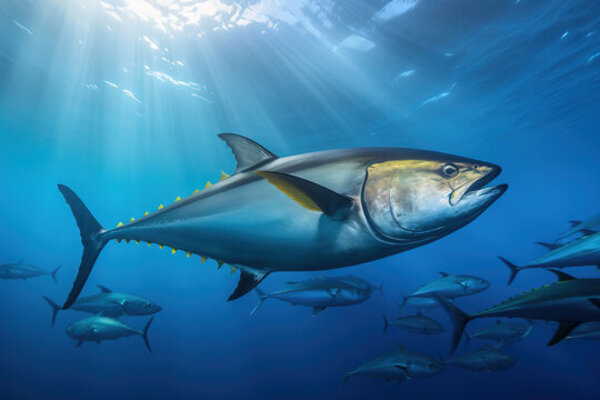
Habitat and Growth:Tuna are pelagic fish, migrating across vast distances in warm ocean waters. Bluefin tuna, the most prized for sashimi, can live for several years and reach weights exceeding 1,000 pounds. They are often found in the Mediterranean, the North Atlantic, and the Pacific. Due to overfishing concerns, sustainable fishing practices and regulated quotas are critical to preserving tuna populations.
Sashimi Qualities:Tuna offers a clean, bold flavor with a dense texture that holds up well to slicing into delicate sashimi cuts. The combination of rich, fatty sections like otoro and leaner cuts such as akami provides a range of textures that make tuna a sashimi favorite.
Clean, Mild, and Light with a Subtle Sweetness
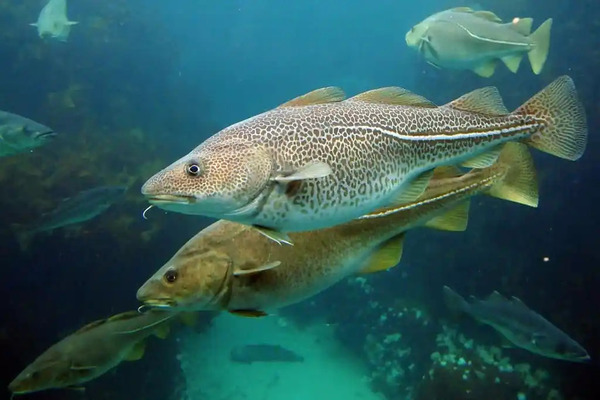
Cod is a versatile fish prized for its pure, delicate flavor and clean white flesh. While not as fatty as salmon or tuna, cod’s meat is tender and flaky with a smooth texture that makes it ideal for sashimi. This fish thrives in the cold waters of the North Atlantic and is often found near the ocean floor, where it feeds on smaller fish and crustaceans.
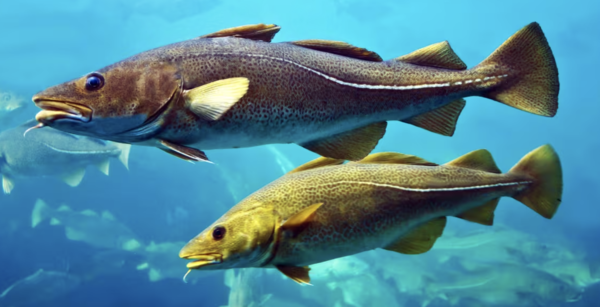
Habitat and Growth:Cod is a cold-water fish that thrives in the deep, icy waters of the North Atlantic, particularly around Iceland, Norway, and Canada. Cod’s life cycle typically spans several years, and it is caught year-round, although the best quality cod for sashimi comes from specific seasons when the fish’s texture and flavor are at their peak.
Sashimi Qualities:With its clean taste and soft, flaky texture, cod is perfect for sashimi. It’s less fatty than other sashimi-grade fish, making it a lighter option that complements more robust flavors in a multi-sashimi platter.
Firm, Slightly Briny, and Delightfully Chewy
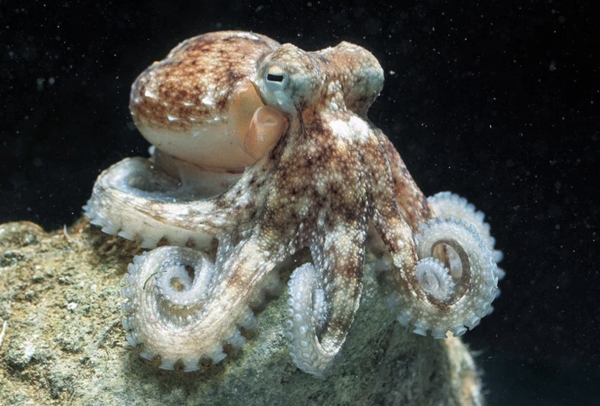
Octopus may not be a fish, but it is a popular choice for sashimi due to its distinctive texture and flavor. Octopus has a slightly sweet, briny taste and firm, chewy texture that stands out among traditional sashimi fish. It is often served thinly sliced and sometimes marinated in vinegar or other seasonings to enhance its natural flavor.
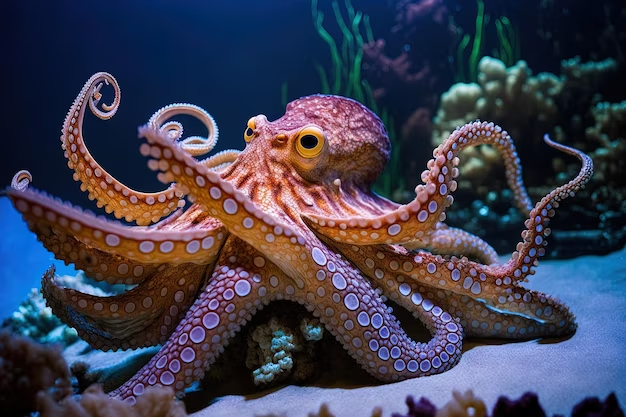
Habitat and Growth:Octopuses are found in temperate and tropical oceans worldwide. They live on the seafloor, seeking out shelter in crevices and caves. Known for their intelligence, octopuses are solitary creatures with a short lifespan, usually living only 2-3 years.
Sashimi Qualities:When prepared properly, octopus has a pleasantly firm and chewy texture. The meat is often blanched lightly or marinated to soften it, then sliced thin for sashimi. Its subtle sweetness makes it an excellent contrast to the other richer sashimi offerings.
Delicate, Sweet, and Subtly Flavorful
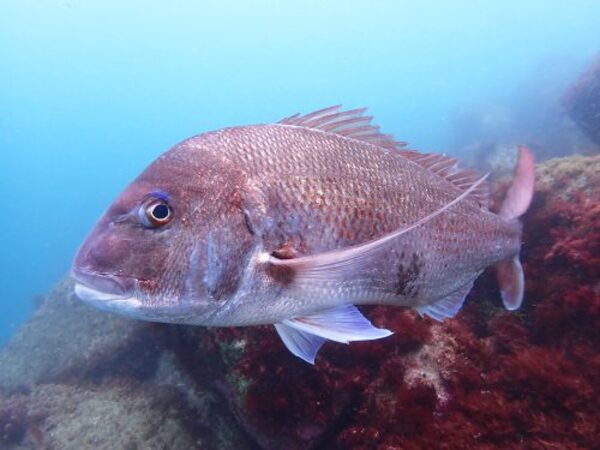
Sea bream, or tai in Japanese, is one of the most prestigious fish for sashimi. With its sweet, mild flavor and firm texture, it is highly valued in Japanese cuisine, especially during special occasions. The fish’s meat is lean but tender, with a subtle sweetness that pairs wonderfully with soy sauce and wasabi.
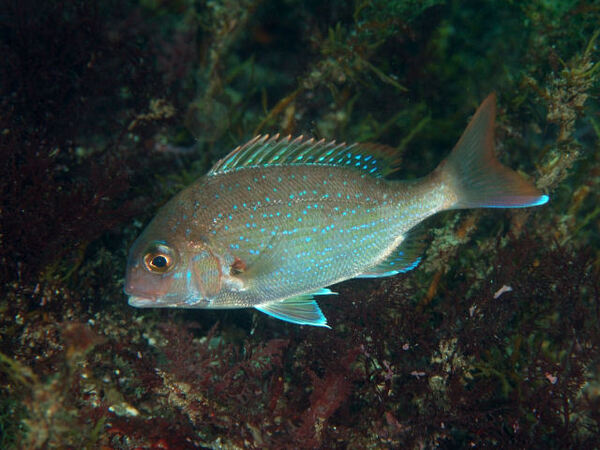
Habitat and Growth:Sea bream is primarily found in the warm waters of the Pacific, especially around Japan and South East Asia. It prefers shallow coastal waters, often hiding among rocky reefs. The fish is slow-growing, reaching maturity in 3-4 years, making it a more sustainable option for sashimi.
Sashimi Qualities:Sea bream is ideal for those who prefer a lighter, more delicate sashimi flavor. Its firm flesh is slightly sweet, and it pairs perfectly with other sashimi fish in mixed platters.
Rich, Creamy, and Packed with Unmistakable Umami

Pacific saury, known as sanma in Japanese, is a seasonal fish that provides an oily, rich texture ideal for sashimi. Known for its high fat content, it offers a creamy mouthfeel and a flavor profile that is both fresh and robust. It’s typically enjoyed during the autumn months when its fat content is at its peak.
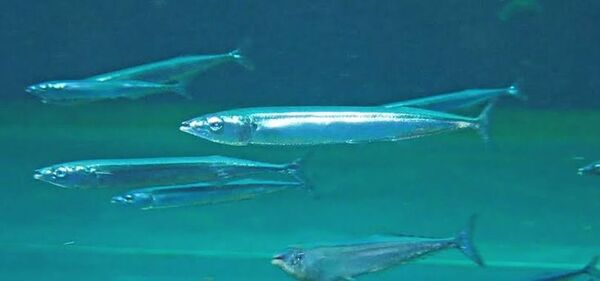
Habitat and Growth:Pacific saury inhabits the cold northern waters of the Pacific Ocean, migrating from Japan to Alaska and back. Its seasonal availability adds to its appeal, with fresh saury becoming highly sought after during the fall.
Sashimi Qualities:Its high fat content, paired with a slight briny flavor, makes Pacific saury a rich choice for sashimi. It’s often served lightly salted or accompanied by thin slices of ginger and daikon to balance its richness.
Oily, Tender, and Brimming with Intense Flavor

Mackerel, known as saba in Japanese, is a distinctly flavorful fish with high oil content, making it ideal for sashimi. While its flavor can be stronger and more intense than some other sashimi options, mackerel’s tender texture and richness make it a favorite for those who enjoy bolder, oilier fish.
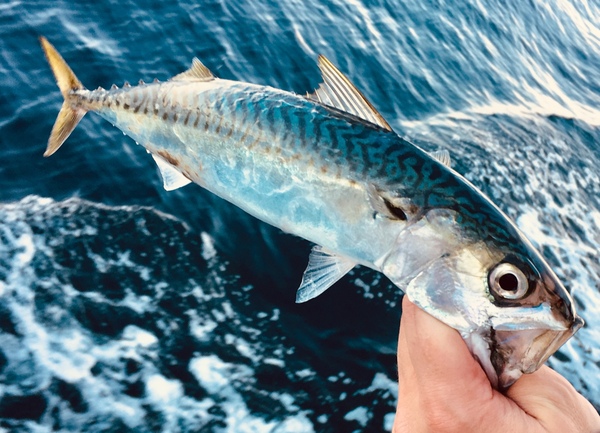
Habitat and Growth:Mackerel is found in temperate waters around the world, especially in the North Atlantic and Pacific Oceans. It is a fast-growing fish, reaching maturity in just a couple of years.
Sashimi Qualities:Mackerel’s firm texture and rich, oily flavor make it perfect for those who prefer a stronger taste. It is often marinated in vinegar (known as shime saba) to mellow out the strong fishy flavor and enhance its sashimi experience.
Soft, Mild, and Elegantly Balanced
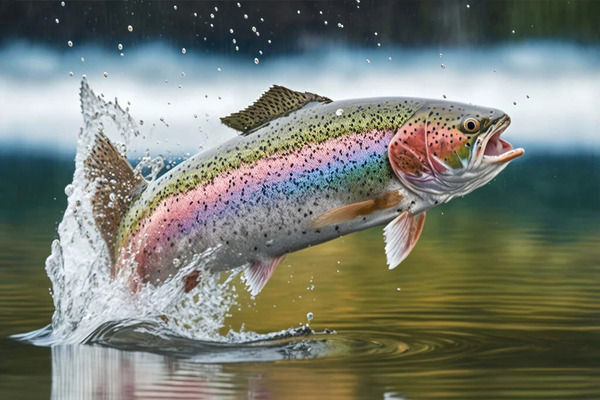
Rainbow trout is sometimes referred to as “freshwater salmon” due to its similar flavor and texture profile. It has a delicate, mild taste and a soft, smooth texture, making it an excellent sashimi choice for those who enjoy a more subtle flavor. Farmed rainbow trout offers a sustainable option for sashimi.
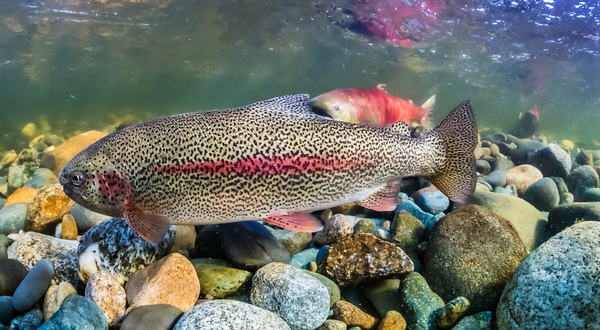
Habitat and Growth:Rainbow trout is found in freshwater lakes and rivers across North America, Europe, and Asia. It is a popular choice in aquaculture and can be farmed to produce high-quality, sustainable sashimi.
Sashimi Qualities:Rainbow trout is soft, tender, and mild, offering a slightly less fatty option compared to salmon, making it ideal for those who prefer a more restrained sashimi flavor.
Light, Sweet, and Subtle
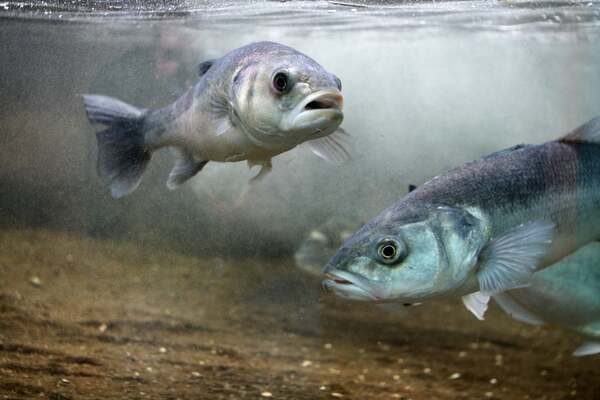
Sea bass, with its smooth, slightly sweet flavor and firm, clean texture, makes an excellent sashimi option. Found in the Mediterranean and along European coasts, this fish offers a refreshing, light alternative to richer sashimi options.
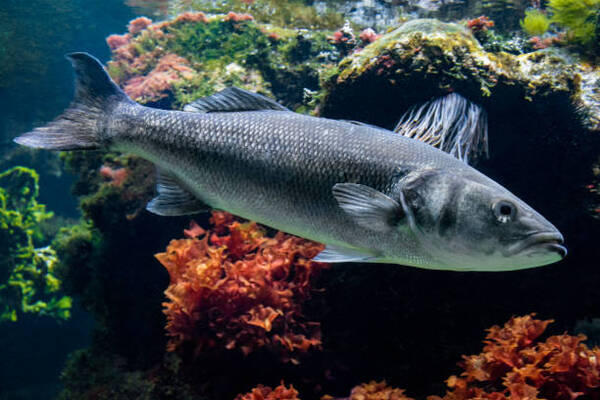
Habitat and Growth:Sea bass is commonly found in the coastal waters of Europe and the Mediterranean. It thrives in shallow waters and is typically caught from both wild sources and sustainable aquaculture.
Sashimi Qualities:Its firm flesh and clean, sweet flavor make it an elegant choice for those looking for a lighter sashimi experience.
Fatty, Luxuriously Smooth, and Full of Umami
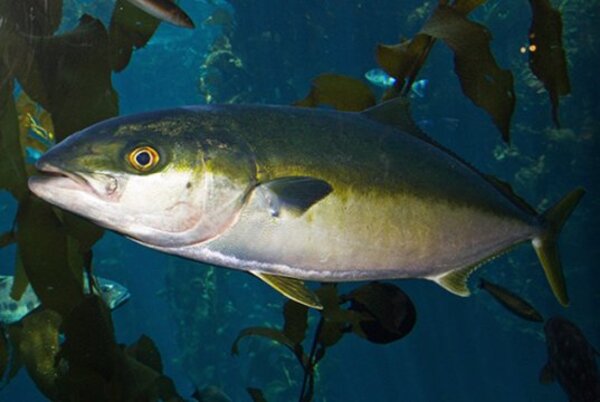
Hamachi, also known as yellowtail, is prized for its rich, fatty texture, especially during winter when its fat content is at its peak. The fish’s firm yet smooth texture and clean, sweet flavor make it a standout sashimi option, especially in Japan.
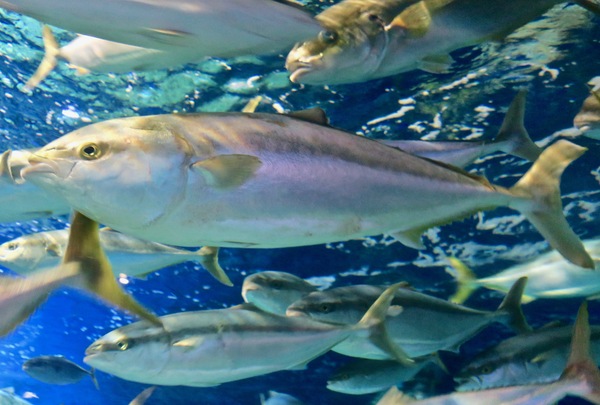
Habitat and Growth:Hamachi is native to the Pacific Ocean, primarily found in the waters surrounding Japan. This fish is often farmed in controlled environments, ensuring consistency and quality for sashimi.
Sashimi Qualities:Hamachi’s rich, fatty texture and subtle sweetness make it a beloved sashimi choice, especially for those who prefer fattier cuts like buri.
The top 10 fish suitable for sashimi excel in texture, flavor, and nutritional value. From salmon’s rich fattiness to cod’s clean profile and tuna’s robust depth, each fish offers something unique to the sashimi experience. Their origins in pristine waters and the meticulous care taken in handling and preparation ensure their safety and quality for raw consumption.
When it comes to top 10 fish suitable for sashimi, each fish brings something unique to the table. From the fatty richness of salmon and hamachi to the clean, delicate flavors of cod and sea bream, these fish represent the pinnacle of freshness, texture, and flavor. Whether you're an experienced sushi connoisseur or a newcomer to raw fish, these choices will elevate your sashimi experience, providing you with a wide range of textures and tastes to explore.
animal tags: sashimi
We created this article in conjunction with AI technology, then made sure it was fact-checked and edited by a Animals Top editor.